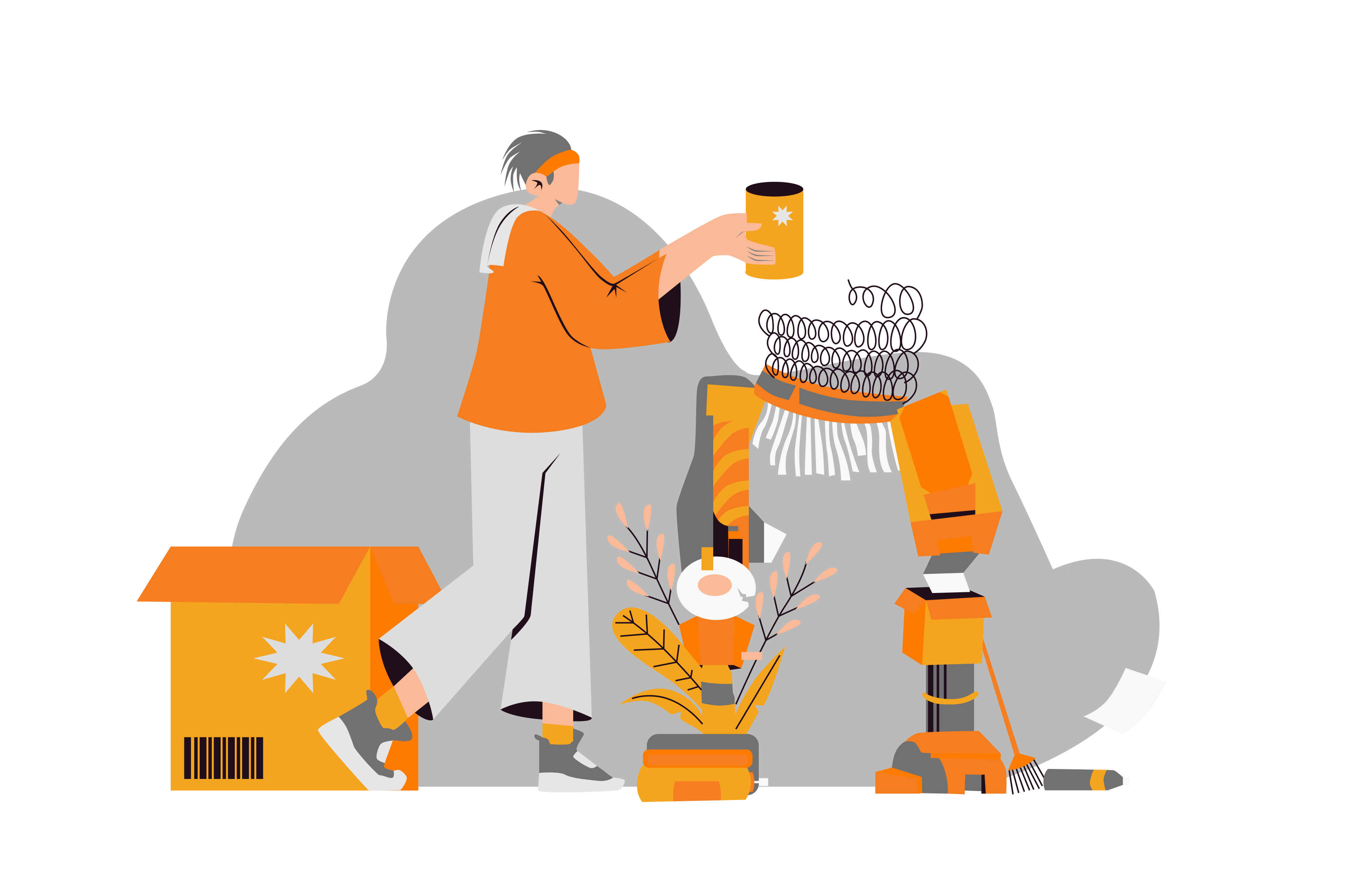Dec 20, 2022 • 2 min read
Benefits of prototyping and most common techniques

Prototyping allows us to test with high doses of precision the usability of a design, its materiality, functionality, performance and, ultimately, the viability of a product. In this article we will explain what it consists of and what are the benefits of prototyping, as well as the most common techniques to carry it out.
What is prototyping?
The creation of industrial prototypes can be defined as the previous step to the realization and materialization of the ideas in a final product. Prototyping is directly related to problem solving, production efficiency, material feasibility, quality assurance and functionality. In fact, each of these elements constitutes one of the benefits of prototyping.
The practice of validating ideas through physical prototypes is a crucial step in the industrial process.
Phases: How to prototype a product
1. Preliminary phase of product design
In all production processes, with or without prototyping, there must be a phase dedicated to the generation of ideas and the initial expression of the design in a 2D sketch. You can not produce a model, nor the subsequent prototype and, therefore, you will not be able to access the benefits of prototyping, without previously working on the design. For the model and prototype to be valid, this design must be worked on at a level of detail.
2. Design optimization
Once the design is defined, it moves on to the model creation phase. In this step of the prototyping process, the main objective is, by creating the model, to optimize the design. The model can be created with different techniques and even several can be applied. As the process progresses, the initial design will improve and be refined to the point where the team feels it can move on to the next phase. In the automotive industry, before building a prototype, the vehicle is molded in clay on a real scale. Such model is scanned to work with it afterwards.
3. Design evaluation and prototype
The benefits of prototyping lie in the possibility of testing the model, collecting feedback and specialized feedback and incorporating it into the prototype before manufacturing the final product.
From the above, it follows the need to build models that are not only functional, but that stand out for their precision. It is in them that you have to test issues such as the adjustment of form and function, size or ergonomics. And other elements, such as potential production costs. One of the benefits of prototyping is that modifications can be made.
4. Verification and validation
The creation of the prototype and its validation are the steps prior to the production (en masse or not, depending on the industrial sector we are talking about) of the final product. It is the prototype that goes through the test tests that have been designed for it. Following the example of the automotive industry, it is not a vehicle already produced on the assembly line that undergoes crash tests, but the prototype. And only if it behaves properly, it moves on to the production phase of the final product.
This verifies whether the design meets the specifications and performance that both the company and users expect from the product.
Benefits of prototyping
- It is easier to discover possible design defects very early in the production process.
- It’s easier to design budgets and calendars.
- Similarly, selecting machinery and other production resources is simplified
- The expected durability of the product is known in advance thanks to the tests to which the prototype is subjected.
- You don’t go into production without feedback from the end customer. This allows companies to overcome a lot of purchase objections.
- Prototyping offers space to identify possible improvements.
- It makes it easier to attract investors.
The first benefit of prototyping is that it allows you to determine design and manufacturing problems. Early detection of them can prevent problems later in the production process, limiting the costs of waste and the production of defective parts. In addition, prototyping helps us estimate needs and materials, as well as manufacturing time and staffing requirements.
Most common prototyping techniques
To take advantage of all the benefits of prototyping, it is crucial to choose the techniques with which both the model and the prototype will be made. And they range from the creation of initial sketches to the generation of rapid prototyping models. That is, techniques change and adapt to the different phases of prototyping.
- Sketching: sketching is the technique most used in the design phase, as it provides a first understanding and visualization of the concept. The first sketches are the ones that open the door to the techniques that will be used later.
- Appearance models: they cannot yet be considered prototypes, but non-functional models of the final product. They don’t work, but they give a more approximate idea of the final look. They are widely used to decide the finishes.
- Rapid prototyping: Thanks to tools such as 3D printing, laser or CNC milling, functional models of the product can be created in a single day. These functional models can be called prototypes, precisely because they work. They are the ones that give us usage data and from which all the benefits of prototyping that we have listed above are derived.
In short, prototypes are the key we need to get a great product design consistently and innovatively, and the benefits of prototyping permeate the entire process of production, making available to the public and even the return and turnover. That is why it is more than advisable to add a prototyping phase to any production process.
Book a consultation
Let's start some incredible projects.
Let's innovate together!









